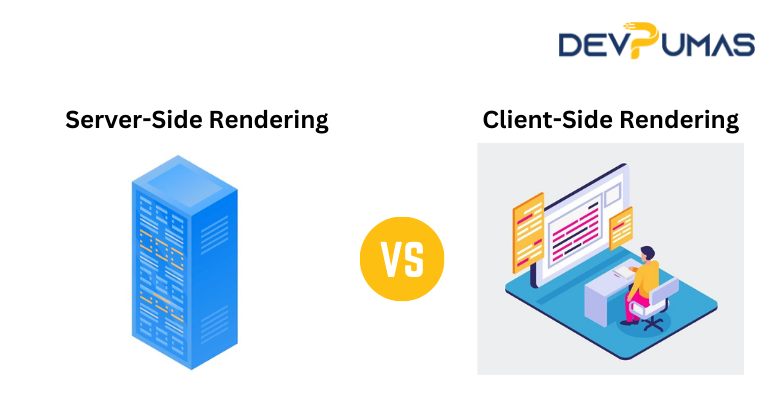The Future of E-Commerce: Trends to Watch in 2024
The e-commerce landscape is constantly evolving, driven by technological advancements and changing consumer behaviors. As we move into 2024, several key trends are poised to reshape the future of e-commerce, offering new opportunities and challenges for businesses. This article explores the most significant e-commerce trends to watch, helping you stay ahead in this dynamic industry. Rise of AI and Machine Learning Personalized Shopping Experiences Artificial Intelligence (AI) and Machine Learning (ML) are revolutionizing the future of e-commerce by offering highly personalized shopping experiences. AI algorithms analyze customer data to deliver tailored product recommendations, personalized marketing messages, and dynamic pricing. AI-Driven Recommendations: Enhance customer satisfaction and increase sales by offering products based on individual preferences and past behaviors. Chatbots and Virtual Assistants: Provide 24/7 customer support, answer queries, and assist with purchases, improving the overall shopping experience. Predictive Analytics Predictive analytics use AI to forecast future trends and consumer behaviors, allowing businesses to optimize inventory management, marketing strategies, and sales forecasts. Integration of Augmented Reality Virtual Try-Ons Augmented Reality (AR) is transforming the future of e-commerce by enabling virtual try-ons. Customers can visualize how products like clothing, accessories, or furniture will look before making a purchase. Enhanced Product Visualization: Boost customer confidence and reduce return rates by offering a realistic view of products. Interactive Shopping: Engage customers with immersive and interactive shopping experiences. AR-Powered Shopping Apps AR-powered shopping apps allow users to place virtual furniture in their homes or see how a new paint color looks on their walls, enhancing the decision-making process. Growth of Mobile Commerce Mobile-First Approach The future of e-commerce is increasingly mobile. With more consumers shopping on their smartphones, adopting a mobile-first approach is essential for e-commerce businesses. Responsive Design: Ensure your website is optimized for mobile devices, offering a seamless user experience. Mobile Payment Solutions: Implement mobile payment options like Apple Pay, Google Wallet, and other digital wallets to facilitate quick and secure transactions. Progressive Web Apps (PWAs) PWAs combine the best of web and mobile apps, offering fast load times, offline functionality, and a native app-like experience without the need for downloads. Expansion of Social Commerce Shoppable Social Media Social commerce is on the rise, with platforms like Instagram, Facebook, and TikTok integrating shopping features directly into their apps. In-App Purchases: Allow users to buy products without leaving the social media platform, streamlining the shopping experience. Influencer Collaborations: Partner with influencers to promote products and drive sales through authentic and engaging content. Live Shopping Events Live shopping events on social media platforms enable real-time interaction between brands and consumers, combining entertainment with e-commerce. Sustainability and Ethical Shopping Eco-Friendly Products Sustainability is becoming a critical factor in the future of e-commerce. Consumers are increasingly seeking eco-friendly and ethically produced products. Sustainable Packaging: Use recyclable and biodegradable packaging materials to reduce environmental impact. Transparent Supply Chains: Provide transparency about the sourcing and production processes to build trust with consumers. Carbon Neutral Shipping Offer carbon-neutral shipping options to appeal to environmentally conscious customers and reduce your carbon footprint. Omnichannel Strategies Seamless Integration An omnichannel approach integrates various sales channels to provide a consistent and unified shopping experience, both online and offline. Click-and-Collect: Allow customers to order online and pick up in-store, blending the convenience of e-commerce with the immediacy of physical retail. Unified Inventory Management: Synchronize inventory across all channels to ensure accurate stock levels and prevent overselling. Personalized Omnichannel Marketing Use data from multiple touchpoints to deliver personalized marketing messages across different channels, enhancing customer engagement and retention. Advanced Payment Solutions Buy Now, Pay Later (BNPL) BNPL services like Klarna, Afterpay, and Affirm are gaining popularity, offering consumers flexible payment options and boosting conversion rates. Increased Affordability: Allow customers to spread payments over time, making high-ticket items more accessible. Enhanced Customer Loyalty: Provide a convenient and interest-free payment option to build customer loyalty. Cryptocurrency Payments As cryptocurrencies become more mainstream, offering cryptocurrency payment options can attract tech-savvy customers and provide a modern payment solution. Conclusion The future of e-commerce is being shaped by rapid technological advancements and evolving consumer preferences. By staying ahead of these trends—such as AI and machine learning, augmented reality, mobile commerce, social commerce, sustainability, omnichannel strategies, and advanced payment solutions—businesses can create a competitive edge and deliver exceptional shopping experiences. Embracing these innovations and adapting to new consumer behaviors will be essential for success in the ever-changing e-commerce landscape. As we move into 2024, keeping an eye on these trends will help businesses not only survive but thrive in the digital marketplace.
The Future of E-Commerce: Trends to Watch in 2024 Read More »












